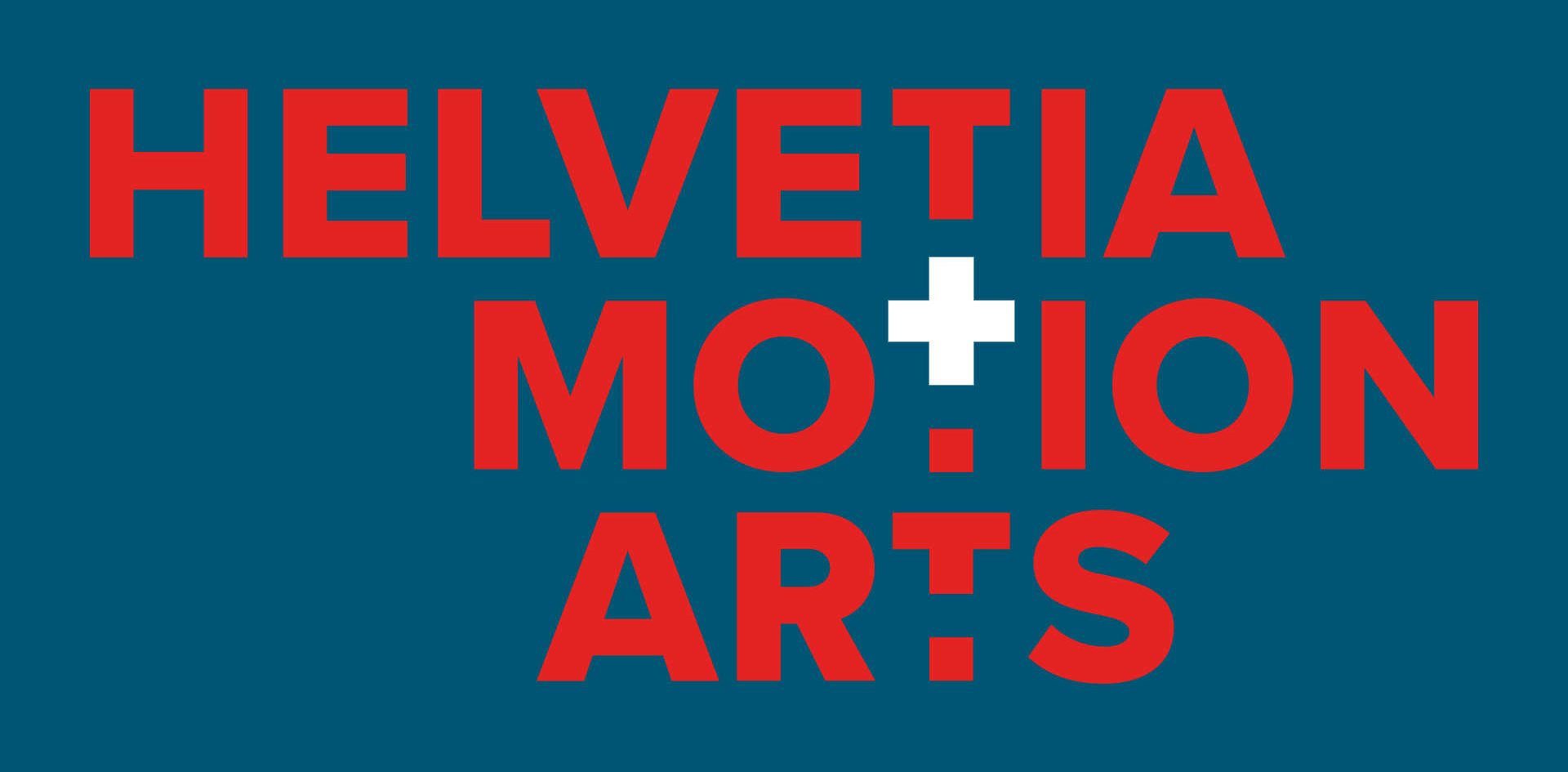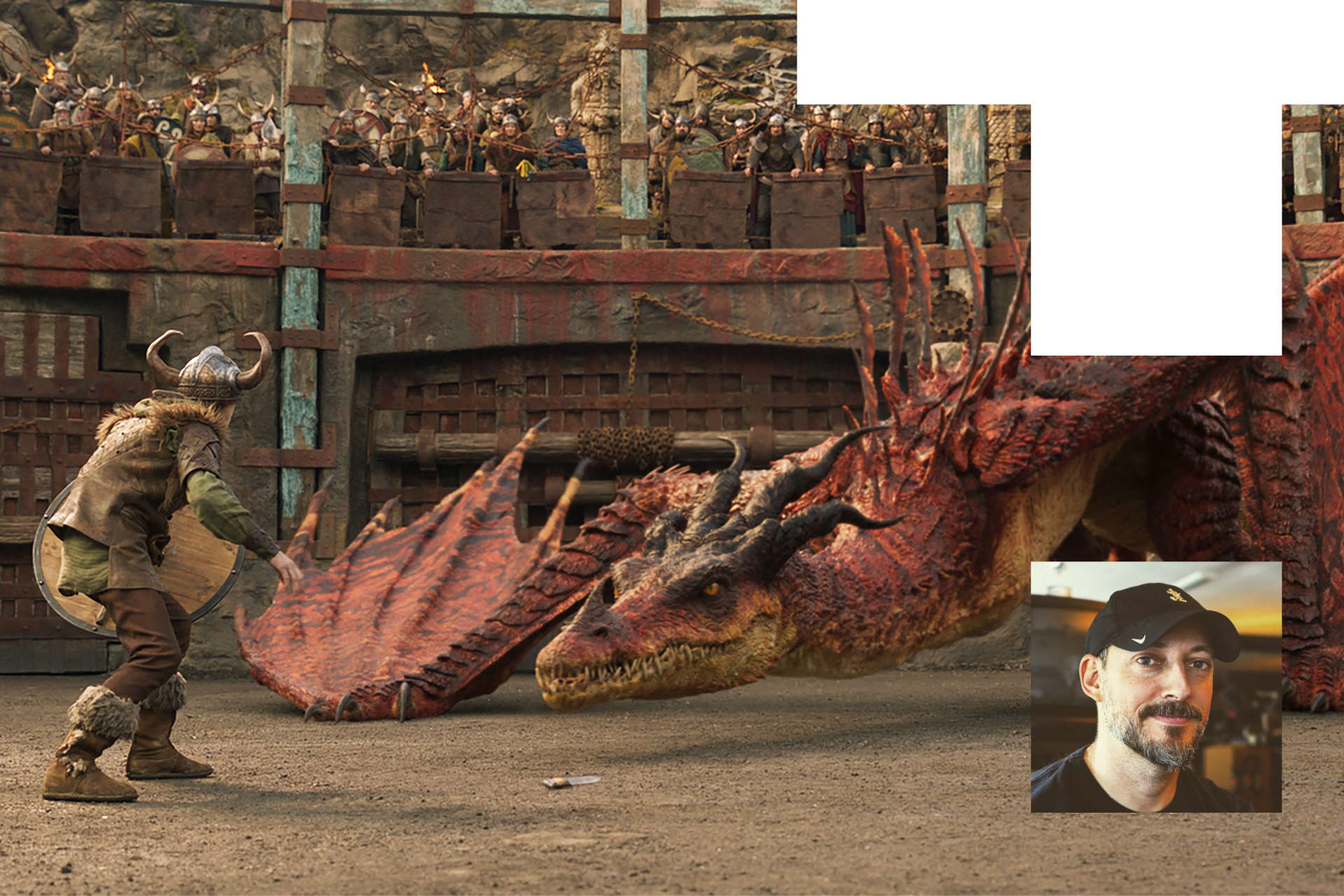
Jean-Denis Haas is a Swiss Animation Director currently at Lucasfilm Animation. With over 20 years of experience — including 17 at ILM — he also served as Animation Director on Star Trek: Prodigy (S2). At Framestore, he contributed to How to Train Your Dragon, and has also worked at Blizzard, Paramount, and Warner Bros.
You’ve been working in animation for over 20 years. Can you walk us through your journey and the key milestones that led you to your current role as Animation Director at Lucasfilm?
It feels like yesterday going through studies at school and breaking into the industry! Reading “20 years” is quite a shock HAHAHA! I still vividly remember moving from Switzerland to San Francisco to study at the Academy of Art University, checking into the dorm, meeting fellow students and experiencing a new city abroad. It was a really memorable time and one that I will cherish forever. It was very exciting to learn about computers, film history and diving into animation for the first time through 2D animation, stop-motion and 3D animation. That time is definitely a milestone.
The next would be going through interviews at different companies and then landing my first job at Industrial Light & Magic. Having grown up on movies with special and visual effects done by ILM it was a childhood dream to walk through the area in San Rafael and seeing Kerner Optical and actually being able to work there. Plus the first movie I worked on was Star Wars: Revenge of the Sith, so it was another childhood dream to be able to contribute to that movie universe. The first week at ILM was really a pinch me moment after pinch me moment, seeing artists I had only seen in making-ofs on the TV, visiting Skywalker Ranch, and actually animating Star Wars vehicles and characters. Those pinch me moments haven’t gone away during those 20 years, it’s still happening! Especially during my stay at ILM, having been able to work on Star Wars, Star Trek and Indiana Jones, which are huge childhood influences on me.
Leaving ILM after almost 18 years in of itself is a chapter in my journey and the initial idea was to work at Warners Bros. Animation on Wings of Fire, which is a really cool book series spanning so many books, I was anticipating being at Warners during multiple seasons of that show, so maybe 10 years? The idea was to move to another company for another long term stay, but the show was unfortunately canceled after 10 months and so began the life of freelance work! Looking back it was a shock be suddenly unemployed but ultimately has led to so many new opportunities that I’m really grateful for it. I got to work on season 2 of Star Trek: Prodigy and being a huge Star Trek fan it was another dream come true. The whole team was amazing and so welcoming, I would work with them on any project in a heartbeat! Same with the team at Blizzard Entertainment! Their real-time and in-game cinematics work have always been incredibly impressive and working there another fantastic experience.
The next milestone would be working for Framestore on How to Train Your Dragon (HTTYD), mainly because of the circumstances, the location and the team. I worked at first remotely but the main stay was at Montreal in Canada, which is a beautiful and amazing city. Being able to speak French again was a lot of fun, the overall animation supervisor was Glen McIntosh who I worked with for years at ILM, plus living and exploring a new city, that whole combination was so great. The HTTYD team especially was amazing and miss them every day since I left. Everyone was so nice, so talented and professional, we laughed every day while working really hard to make a great movie. An absolute highlight in so many aspects.
All this leads to coming back to Lucasfilm, this time not ILM but Lucasfilm Animation and back to TV work, which I really love working on since my time at Warners and Nickelodeon, plus I’m back in the world of Star Wars and the amazing work campus in San Francisco. I couldn’t be happier!
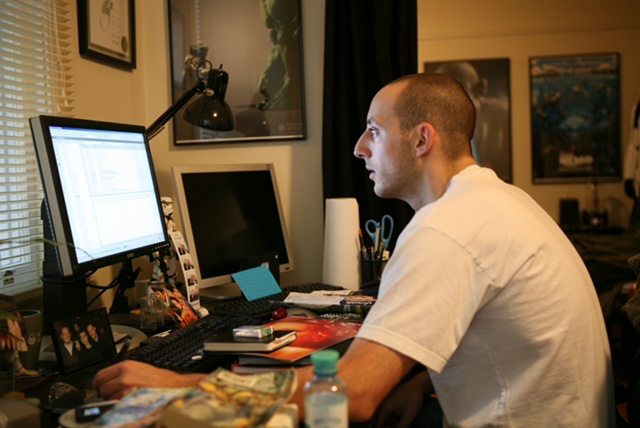
What first drew you to animation? Was there a specific film, moment, or person that inspired you to pursue this career?
I didn’t know that animation was a specific job and profession you could have and pursue, I just liked movies, TV shows and video games in general. My dad watched a lot of movies so early on I was exposed to all kinds of genres and my film education so to speak is all thanks to him! And from Pong to Intellivision to Nintendo and beyond, I was always exposed to some kind of animation and VFX work but seeing Star Wars at the very impressionable age of 7 was definitely a specific moment I will always remember. So growing up on a steady diet of 70s and 80s visual effects movies, as well as Disney animation and anime (thanks to Club Dorothee on our French TV channels!), that industry always interested me but it wasn’t clear that animation would be the path. It actually wasn’t up until 1999 when I started studying at the Academy in San Francisco. I was a visual effects major and within 10 minutes of my first class I realized that it was more scripting and coding related as opposed to hands-on work, so the student advisor recommended I switch to animation! Those classes were late in the program (my first real exposure to the animation principles and keyframe work on the computer was in Fall 2002 and I graduated in Spring 2003!) but I was immediately in love with it. A huge influence was Lisa Mullins, my first 3D animation teacher and owe so much to her. The way she taught animation was so energizing and fun, yet she was very honest in her feedback and tough! I loved her class. So overall it was a long process to find my way into animation but her class and the subsequent exposure to other teachers and classes cemented my decision that this was the way to go, with special shout out to Shawn Kelly with his feedback on my final demo reel!
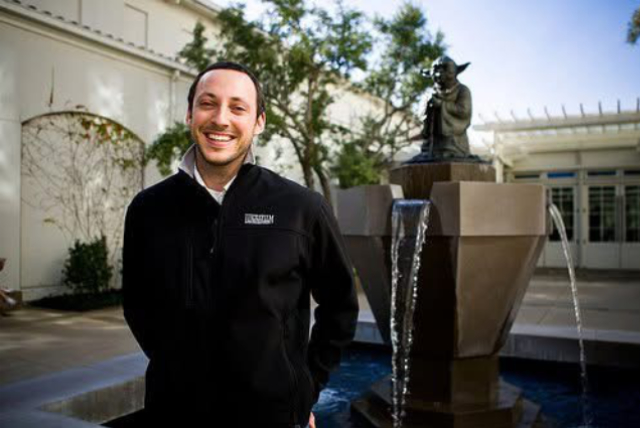
You’ve worked at some of the most iconic studios in the industry — Blizzard Entertainment, Warner Bros, Nickelodeon, and ILM. What were some of the biggest lessons or challenges you encountered at each?
Each studio had different challenges and demands. ILM was my first animation job so it was an avalanche of challenges! I graduated having done cartoony 3D work on bipeds only, then you get thrust into Star Wars and it’s vehicle animation, camera animation, human digital doubles, creature work, keyframe animation and motion-capture. It was definitely a second school and a huge learning opportunity. The biggest lesson starting out was to be able to let go of your work and to focus on the animation as you’re doing it and not worry what happens to your shot once you submit it for review and client approval, plus looking beyond your work and embracing the team work aspect of it all and how you can advance the team and production in productive ways. You are also working on someone else’s vision and it is important to not lose that focus (it is not about you and your shots and your ego, you’re providing a service to someone else).
Moving to Warners and Nickelodeon was my first time being exposed to episodic work and TV schedule and budget, which is whole different set of challenges compared to features but you learn to develop a faster workflow, to think of economic and quick solutions. Plus this time you’re not the vendor, you’re the client and review process of the animation work was a whole new experience since you had to deal with such a weekly volume of work.
At Blizzard I was an animator and not animation director therefore it was about switching your focus back to animation work but I love animating! As I said before the animation quality from Blizzard is top notch so the challenge was to keep up with that!
Framestore brought the challenge of working on a huge VFX animation production, spanning all studios at London, Melbourne and Montreal (animation wise) and making sure that our work at Montreal was consistent. I joined fellow animation supervisor Meena Ibrahim who had already started work on HTTYD and I couldn’t have asked for a better partner. We both had to tackle a huge amount of crowd shots and action heavy and performance shots across all dragons as our work spanned all of the third act and a few sequences across the movie.
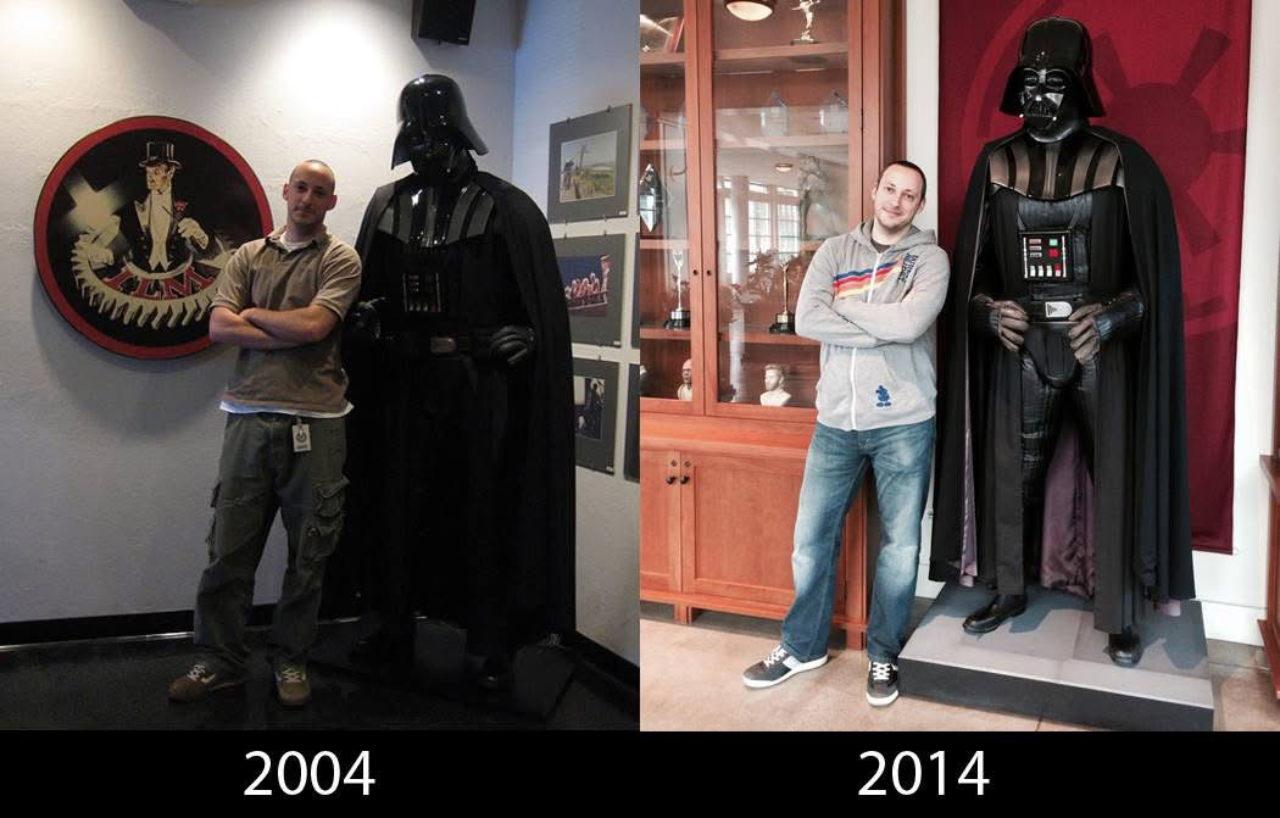
During your time at ILM, you were involved in large-scale projects. Could you tell us about a shot or character you particularly enjoyed animating?
I loved working on all Star Wars characters and vehicles, it’s tough to pick just one, but one shot of Obi-Wan’s digi double jumping out of his ship as it slides across a hangar bay will always stand out, mainly because it was my first full body digi double shot when I started working at ILM, plus the action was cool and the character was wielding a lightsaber! What else can you ask for!! Vehicle wise, being a big Star Trek fan, animating the Enterprise stands out. It’s not complex at all in terms of animation but being part of that world and seeing and manipulating that ship on your screen was so great. Right before I left ILM I got to work on Space Jam 2, specifically character exploration work and test on a character called “Pete”. It was all cartoony and expressive work and one of my favorite animation work. It was so much fun and huge thanks go to animation supervisor Kevin Martel who allowed me to explore that character! But I was spoiled in terms of work at ILM as my time there gave me the opportunity to work on Harry Potter, Transformers, Rango, and many more properties.
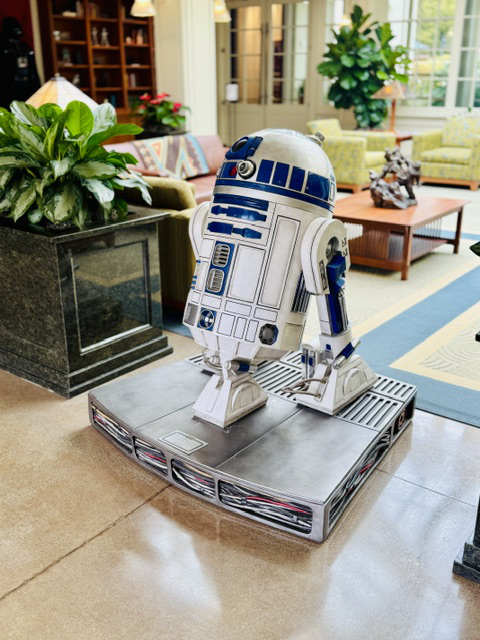
How would you describe the animator culture at ILM? What, in your experience, makes it stand out from other studios you’ve worked with?
The lack of ego and willingness to help really stands out. It’s a group of super talented and friendly people, who over the course of my time there (and back) have become close friends. Plus the team I met in 2004 is still fairly the same now in 2025. A few animators have joined and left and a few long timers have switched companies or retired, but generally it’s the same group. Generally though I have been very fortunate in terms of the people I’ve worked with, across all studios and I have only praise for the animators at Blizzard and Framestore.
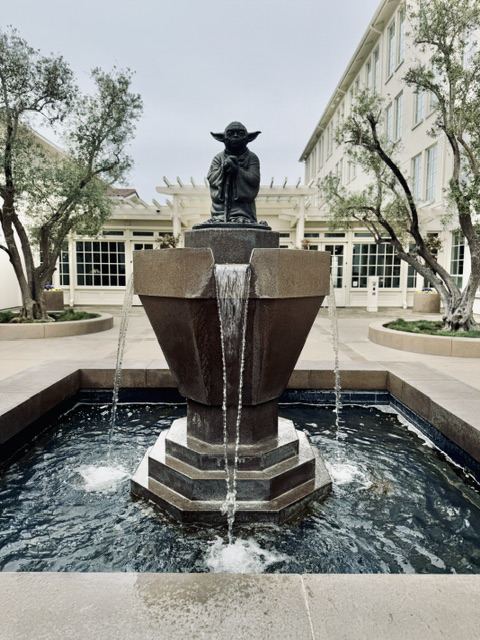
You served as Animation Director on Season 2 of Star Trek: Prodigy. What was that experience like, and what were your main creative goals in bringing energy and personality to the series?
The experience was amazing! I sound like a broken record but because of my love of Star Trek, working on it was a dream come true. Plus the team was so invested in the show and so great to work with, from the showrunner Ben Hibon, to the writers Dan and Kevin Hageman, fellow animation director CJ Sarachene and supervising animation director Jason Meier, producer Patrick Krebs and so many more, I would love to work on any project with them!
The goals for me were to make sure that the animation quality was as high as possible, which can be very tricky on TV shows due to the tight schedule and budget, and to make sure that each character performed true to their live-action counterpart and origin (like for Janeway, Chakotay, the EMH, down to background characters like the Binars) and for newly created characters that they maintained acting consistency and specificity in order to be unique and distinguish themselves from each other. You can’t ask for better “homework” than having to watch Star Trek for research!
You also worked on How to Train Your Dragon (HTTYD). What was your specific role on that film, and what was your experience on this show?
I was animation supervisor alongside Meena Ibrahim at Framestore Montreal. Working on HTTYD was an absolute highlight in my career due to so many different fantastic reasons. Living in Montreal for 7 months and experiencing late Summer, Fall and legendary Winter was a ton of fun. Being from Switzerland I missed the snow and we had apparently a historic snowfall that year. The city itself is great, with a ton of really yummy restaurant options, a very walkable layout, French speaking people, etc. Working at Framestore was amazing because the people there are incredibly nice and talented. I made new friends plus got to meet students of mine I only interacted with online until then, the head of animation used to work at ILM so that reunion was great, plus having been able to work with Glen McIntosh again was fantastic. You will rarely meet anyone who’s more talented and knowledgeable as him. I really can’t complement the people more and really need to single out the production coordinators Clementine Le-Nai and Gee Kwon, the line producer Alexandra Robert and Francois Lambert the visual effects supervisor at Framestore. Last but not least the client side visual effects supervisor Christian Manz. I know that’s a lot of names plus there are so many more to name, but they really were an exceptional group of people and deserve a shout out whenever possible!
Work wise the experience was challenging but still fun! We worked mainly on the third act, so the battle with Red Death up until Toothless revealing Hiccup, plus a few shots after that during the transformed village sequence. But we had a lot of crowd shots as well in that section, plus when Hiccup and Astrid discover the nest for the first time, so asset management and how to get all the animation done for these shots was definitely a challenge.
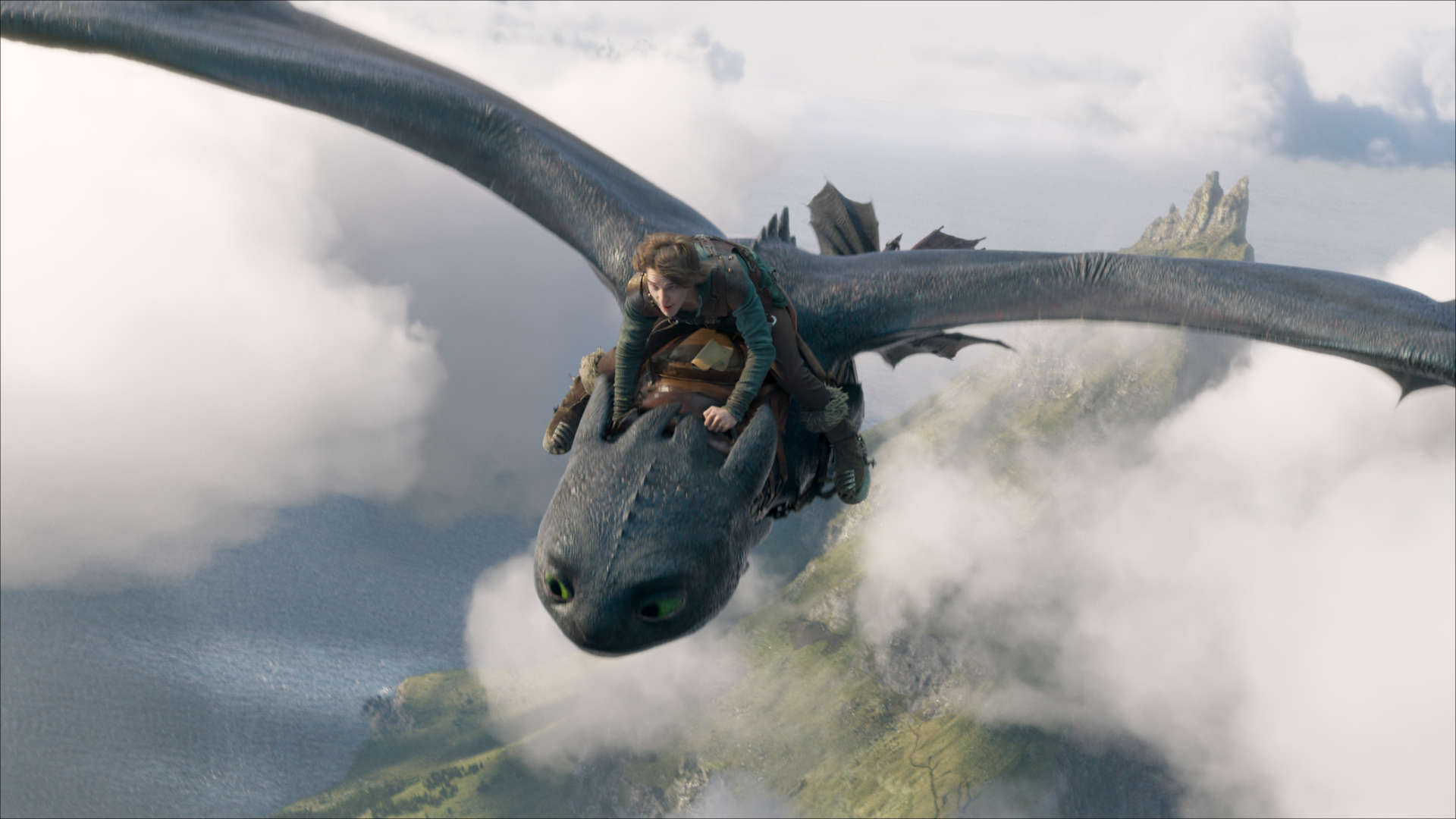
The animation of the dragons is such a beloved part of the franchise. Did you contribute to animating a particular dragon or sequence that stands out to you?
Being animation director and coming in towards the later part of the production I didn’t have that many animation opportunities but I did animate a shot of a Monstrous Nightmare fighting Stoick which was a lot of fun to do. Seeing the animation evolve and the animators up the quality during each pass was really fun though.
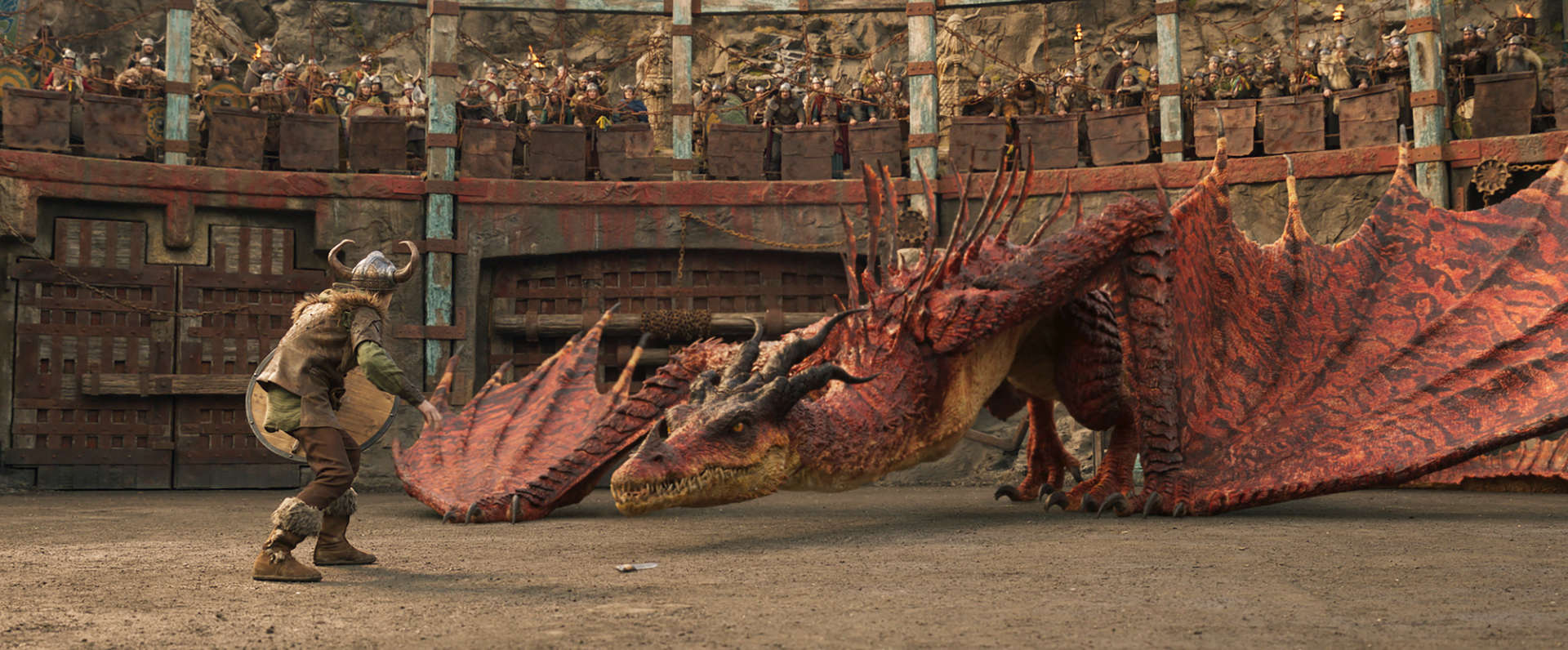
As a Swiss artist living and working in the U.S., how do you view the state of the animation industry in Switzerland today? Do you see untapped potential there?
That is a tricky question as I have no experience with the animation industry in Switzerland. I taught an animation class in Lucerne a few years ago but that is the extent of any experience and exposure, sorry!
What advice would you give to young Swiss animators who are just starting out and dream of working internationally in the animation industry?
Really look at the industry and the changing landscape and be aware of all the tricky aspects of it and how they evolved and will evolve. There is remote work available so maybe that would be a good starting point to experience the production side and work load before moving to another country. If that works for you and you still want to move, then be mindful of what city/country you’re moving to and what the challenges are logistically and financially. Where will you live, how much does it cost, how will you commute to the studio, how much does that cost, if you’re there temporarily what are the logistics of moving there and moving away (AirBnB, rent, furniture, etc.) and if you’re planning to stay there long term, what if the studio lets you go, are there other studios around so you can continue to work in that city, what are the work permit requirements, etc.
I would make sure all that is thought about because these (and many other things) are the real life challenges of moving to another country. It’s one thing to dream about a certain studio and/or project and it is definitely challenging to get your foot into the animation industry, plus to stay in it, and now we have the changing landscape due to AI, but you also have to think about the practical challenges. A lot of studios are located in expensive cities, so that will affect housing and commute costs , etc.
Apart from that, it’s a marathon and not a sprint. Keep your dream alive and keep your energy and passion going, take care of yourself physically and mentally so that you are able to work in this industry for decades. And be nice to work with! No one wants a super talented but arrogant jerk as a coworker. It’s a small industry, be nice to your fellow co-workers so we can make this industry better as a whole!
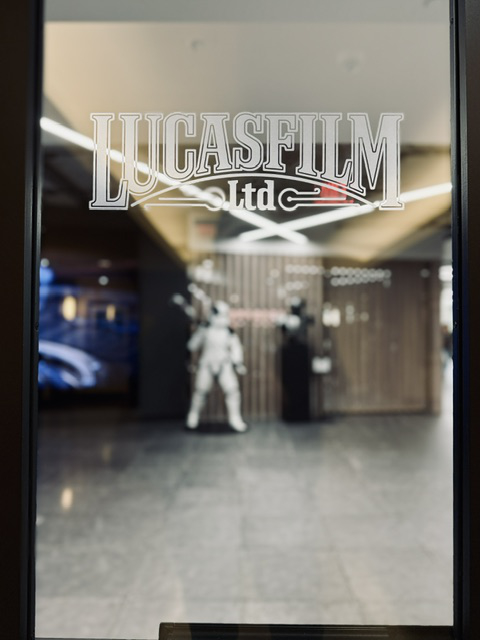
If you could work on any project — without budget constraints or limitations — what would your dream project be?
There are so many great projects around, that is a difficult question to answer, plus I have been very fortunate in terms of shows that I have worked on already, but maybe experience wise I always wanted to work at Disney Feature Animation and contribute to that legacy there on one of their movies. Projects come and go, at this point it’s more about the people you work with, so for me I’d like to work on a project with the people I worked with before. The team experience is what I cherish more than a specific project.
